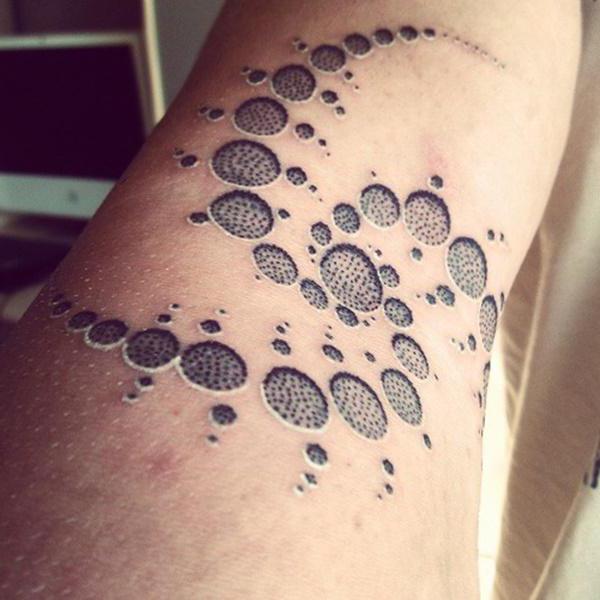How to find the geometric areas of figures
There are an infinite number of plane figuresthe most varied forms, both correct and incorrect. The common property of all figures is that each of them has an area. The area of the figures is the dimensions of the part of the plane occupied by these figures, expressed in certain units. This quantity is always expressed by a positive number. The unit of measurement is the square of the square, whose side is equal to a unit of length (for example, one meter or one centimeter). The approximate value of the area of any figure can be calculated by multiplying the number of unit squares to which it is divided by the area of one square.
Other definitions of this concept are as follows:
1. The areas of simple figures are scalar positive quantities satisfying the following conditions:
- for equal figures - equal sizes of areas;
- if the figure is divided into parts (simple figures), then its area is the sum of the areas of these figures;
- A square having a side of a unit of measurement serves as a unit of area.
2. Areas of figures of complex shapes (polygons) are positive quantities having the following properties:
- for equal polygons - the same size of areas;
- if the polygon consists of several other polygons, its area is equal to the sum of the areas of the latter. This rule is valid for nonoverlapping polygons.
As an axiom, it is accepted that the areas of figures (polygons) are positive quantities.
The definition of the area of a circle is given separately asThe value to which the area of a regular polygon inscribed in the circle of a given circle tends, given that the number of its sides tends to infinity.
Areas of irregular shapes (arbitrary figures) have no definition, only ways to calculate them.
The calculation of areas already in antiquity was an importantpractical task in determining the size of land. The rules for computing areas for several hundred years before our era were formulated by Greek scholars and are set forth in Euclid's Principles as a theorem. It is interesting that the rules for determining the areas of simple figures in them are the same as in the present. The areas of geometric figures having a curvilinear contour were calculated using the limit transition.
Calculation of areas of simple figures (triangle,rectangle, square), familiar to everyone from the school bench, is quite simple. It is not even necessary to memorize the area formulas containing letters. It is enough to remember a few simple rules:
1. To calculate the area of a square, you need to multiply the length of its side by itself (or raise it to the second power).
2. The area of the rectangle is calculated by multiplying its length by the width. In this case, it is necessary that the length and width are expressed in the same units of measurement.
3. The area of a complex figure is calculated, dividing it into several simple ones and adding the resulting areas.
4. The diagonal of a rectangle divides it into two triangles, whose areas are equal and equal to half of its area.
5. The area of the triangle is calculated as half the product of its height and base.
6. The area of the circle is equal to the product of the square of the radius by the whole known number "π".
7. The area of the parallelogram is calculated as the product of the adjacent sides and the sine of the angle between them.
8. The area of the rhombus is ½ the result of multiplying the diagonals by the sine of the inner corner.
9. The area of the trapezium is found by multiplying its height by the length of the midline, which is equal to the average of the arithmetic bases. Another option for determining the area of the trapezium is to multiply its diagonals and the sine of the angle between them.
Children in primary school are oftentasks are given: to find the area of a figure drawn on a paper with the help of a pallets or a sheet of transparent paper, lapped onto cells. Such a sheet of paper is superimposed on the measured figure, the number of complete cells (units of area) that fit in its contour is considered, then the number of incomplete cells that is divided in half.
</ p>>






